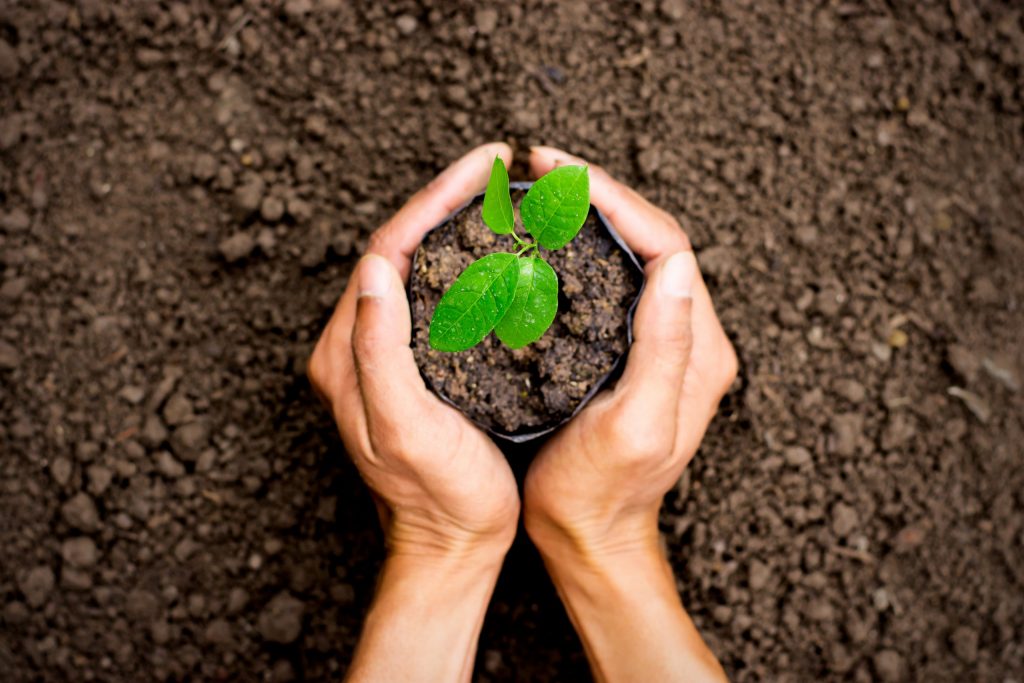It is very important that you know what the approximate dimensions of that tree will be once it becomes an adult. For example, in an interior patio of small dimensions, do not plant a Platanus Hispanica that at 15 years could measure 20m. Therefore, we must have an idea of the sizes that the trees reach when buying them to see if there is enough space or not.
Longevity
There are trees that live for a few years such as Acacias which within 25-30 years die or degenerate a lot.
Deciduous trees
In the autumn-winter, having no leaves, deciduous trees do not produce shade, which is important in this time when the light is scarce and the sun’s rays are much needed. In spring-summer deciduous trees recover their leaf mass and give shade, moistening the environment.
In cities, they are very important to reduce contamination, since they throw the leaves on the ground loaded with dust and microbes (blackened many times) and are removed to the landfill. Special tree services are in charge of this.
Aggressive roots
Powerful roots can crack walls, sidewalks, porches, gutters, cisterns, wells, and pools, and clog water and gas pipes.
Eucalyptus impoverishes the soil
Its roots deplete the nutrient richness of the soil and the falling residues (leaves, flowers, and fruits) have substances that prevent the growth of other plants at their feet. In contrast, there are enriching trees (trees such as Alders, Casuarina, Eleagnus Angustifolia, etc.) that contribute nitrogen to the soil.
Trees for the coastal areas
The wind in areas close to the sea transports salt that produces “burns” in leaves. If you live on the beachfront, plant trees such as Acacia, Carob, Cypress, Eleagnus, Fig, Lagunaria, Olive tree, etc. They are the best to resist the salty winds.
Buying trees
If you buy the potted tree, verify that it has not been recently removed from the ground and has just been potted. This is done improperly sometimes; trees are potted and sold prematurely before they have taken root and have grasped well inside the pot. To find out, try pulling the tree out of the pot.
Crowded roots
Don’t buy trees that have been in a container that has been too small for too long. The roots will be squashed and swirled.
Planting season
If the tree comes with a pot, usually in plastic, you can plant it at any time of the year, avoiding the coldest or hottest times of the year.
Trees bought “bare root” must be planted in winter or late autumn when they have no leaves.
Tree plantation
In general, about 2 or 3 kilos of manure, peat, mulch, etc. all mixed well with the pit soil should be enough.
Although it is less important than the organic soil, you can optionally add about 20 or 30 gr. of mineral fertilizer N-P-K type 15-15-15 or one slow-release type.
Watering trees
Trees should be watered only when necessary. Excessive watering causes suffocation of the roots; also, the roots of the tree develop more superficially and therefore, do not go deeper.
Fertilizers
Trees are not usually fertilized much. However, it is something that we should not neglect. In poor nutrient-poor soils, it is especially important that you fertilize your trees.
Once a year, use at about 2 kg. of organic fertilizer (manure made, mulch, etc.) and mix it a little with the soil, very little, so as not to damage superficial roots. Or, extend about 80 grams per tree of slow-release mineral fertilizer (Nitrophoska type, for example).
If you use organic fertilizer, do it in winter and if you use mineral fertilizer, in spring or autumn.



